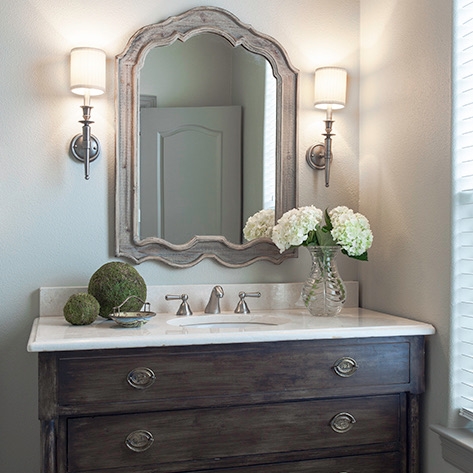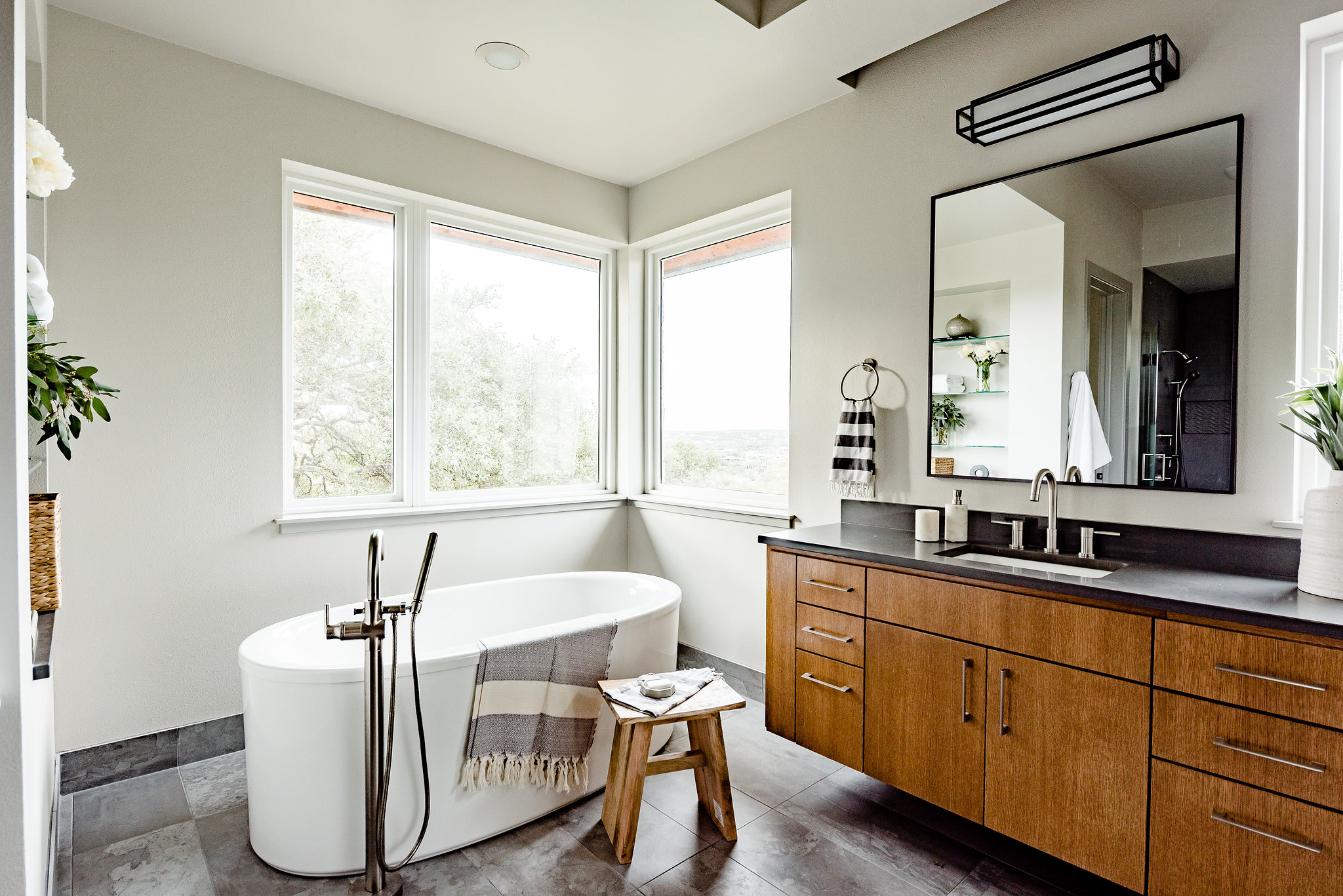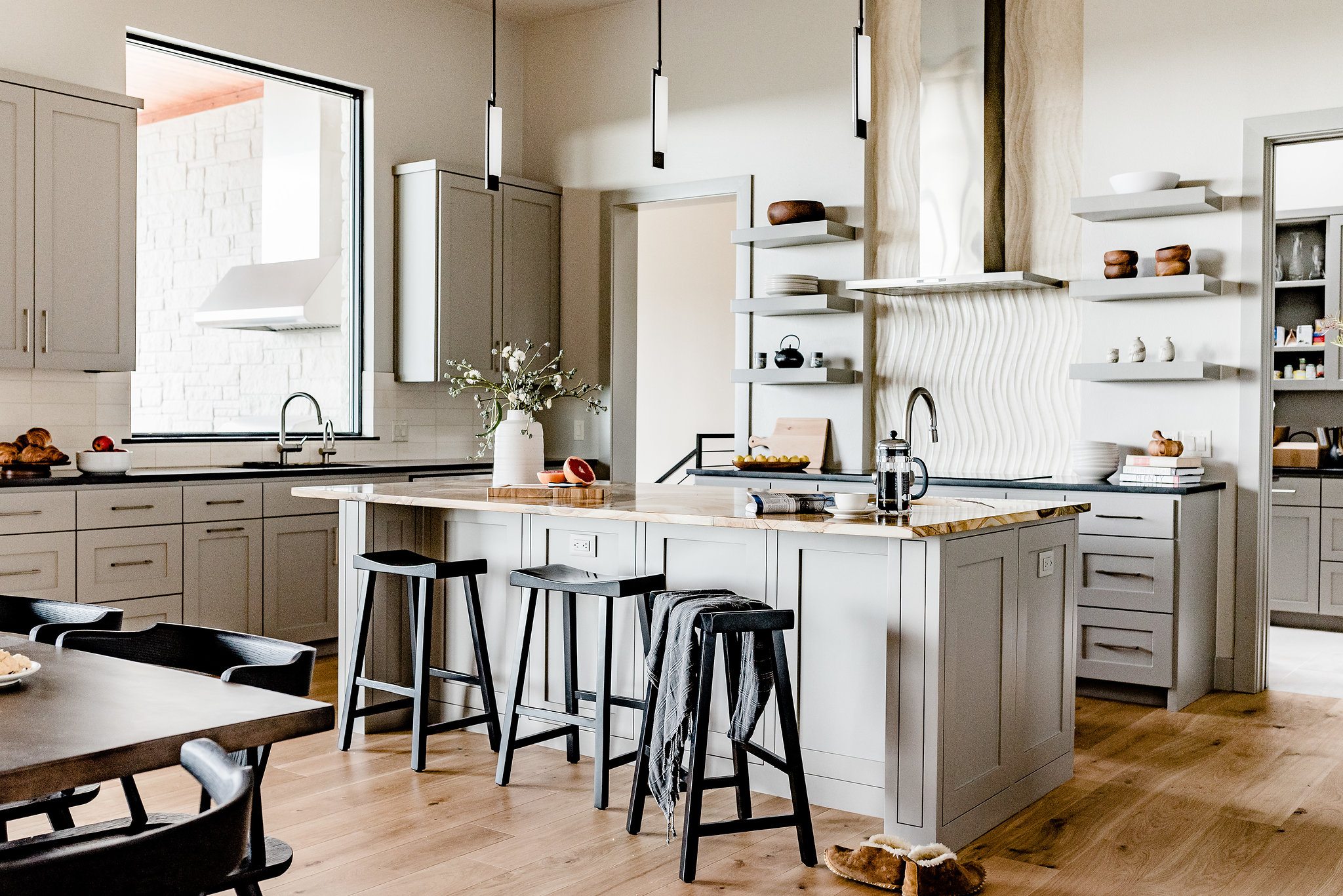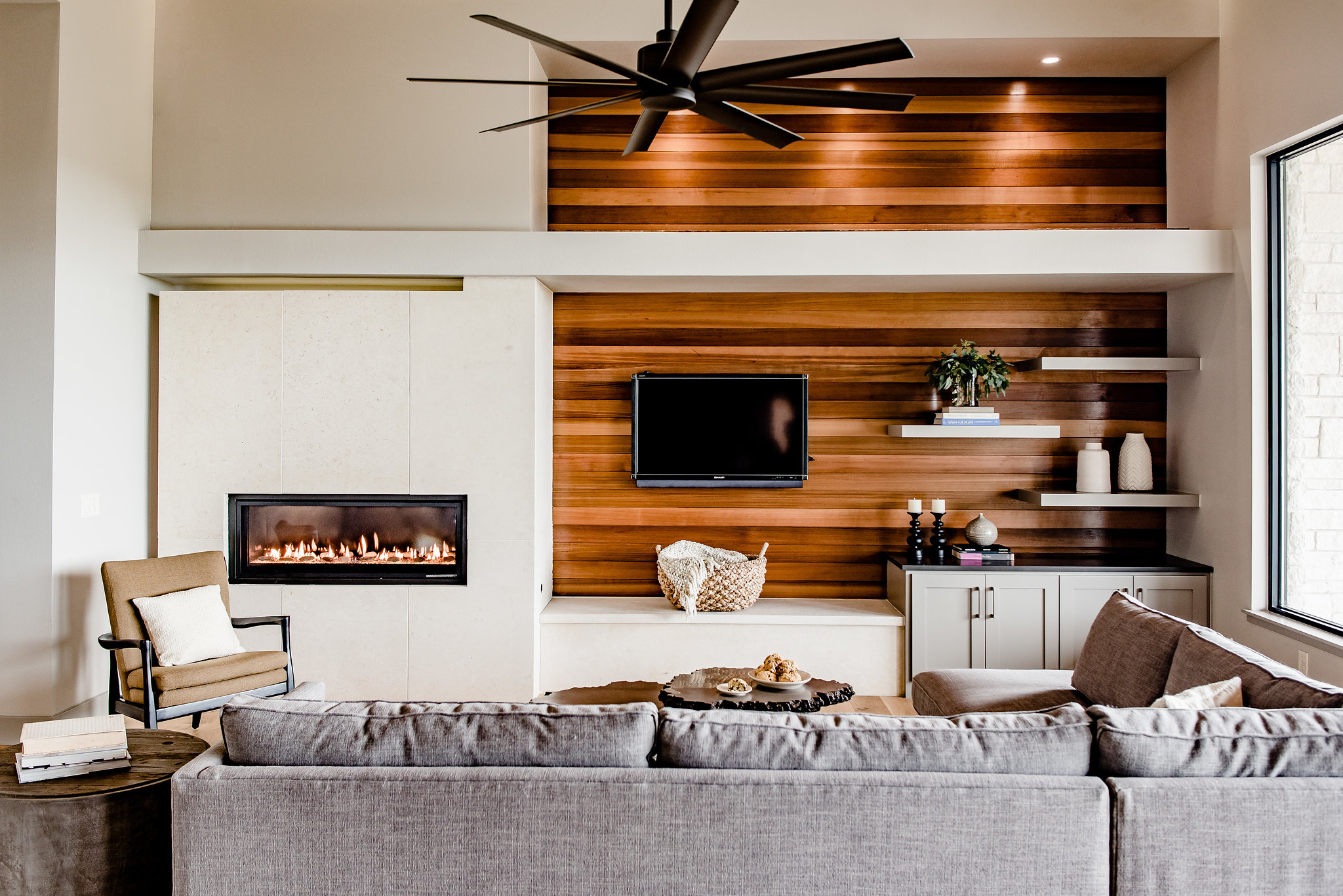Photo courtesy of Getty Images
The Human Experience
Recently I was inspired by a documentary about Ilsa Crawford, a British design visionary who’s approach to interiors prioritizes the ‘human experience’. This concept resonated with me because in my view, design is about much more than visual interest, symmetry, and color. It’s about whether a space speaks to us on an emotional level. It’s not about being fancy, or show-casing expensive materials and possessions. Good design is about enhancing the experiences of daily life, and it can be enjoyed by each and every one of us.
Over the years there were instances where it became clear that interior design affected me on a different level than most. When I made a career leap from high-tech to start my design business, I said to my husband ‘I am so excited that I can finally contribute to society in a way that feels meaningful.’ Not wanting to be insensitive, he sort of chuckled and said ‘Are you implying that interior design is a humanitarian service that benefits the world?’ I looked at him puzzled, like ‘Well... duh!’
It's Personal
There are also times when I felt completely affected by a space and was shocked to learn that no one else felt the same. For example, there was a Christmas when my young boys surprised me by putting up the Christmas tree. I came home to find our furniture arranged in sort of a giant circle, with the tree and TV as the central focus for all of the chairs and sofa. Despite being thrown off by the arrangement, I appreciated the thought and tried to welcome the fresh take on our living room. After 5 uneasy minutes of sitting and pretending to watch TV, I finally jumped up and said ‘Okay! Is NO ONE else disturbed by this!?’ I had to re-arrange things before I could actually sit back and relax.
‘Feel-good design’ means different things to each of us. For some it is about freshness, organization, and efficiency. For others, it’s about quality and comfort. I would argue that interior design is not just a visual art, but that it taps into all of the senses. It’s about touch, smell, and texture, as well as form and function. Can you think of a moment when you walked into a room and it just felt right? A restaurant? Hotel? Friend's house? Pay attention to that feeling and try to identify what about it felt good to you. Are you a minimalist? A maximalist? Are there certain fabrics that make you say "ahhh"...? Some of us are drawn to open spaces flooded with light, and others a speak-easy lounge with leather and stained wood. I have friends who love to be surrounded by books. For others, that would be their worst nightmare.
The End Goal
One of my primary challenges (and greatest joys) as a designer is to determine which qualities of a space will strike that special chord for clients, when they might not know it themselves. Each project is a unique puzzle, and every outcome a custom solution. Home is where you come to relax, recharge, and let your guard down. The more you know about yourself, the more easily you can create that haven you'll want to come home to.











